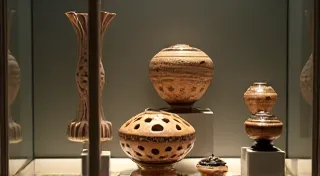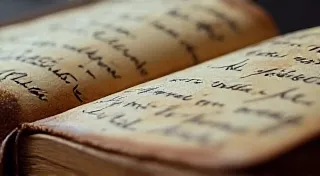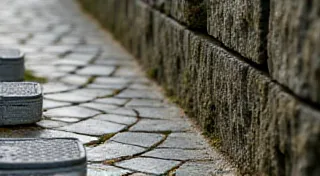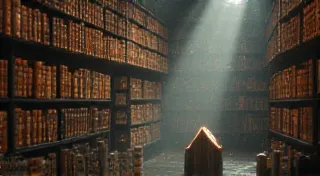Echoes in Ink: Resurrecting Lost Voices Through Ribbon Restoration
There’s a particular fragrance that clings to old typewriters – a subtle blend of dried ink, aged metal, and the ghost of countless keystrokes. It’s a scent that transports you, conjuring images of bustling newsrooms, solitary writers wrestling with drafts, and the quiet rhythm of creativity unfolding on paper. And central to that experience, a crucial, often overlooked element, is the typewriter ribbon. More than just a consumable supply, a ribbon is a direct conduit to the voices and stories of the past. When a ribbon degrades, becomes brittle, or fades – a tangible link to that history weakens. Restoring these ribbons isn’t just about fixing an object; it’s about preserving a legacy.
My fascination began, as many do, with a discovery. My grandfather, a forgotten journalist from the Dust Bowl era, left behind a Remington Rand Model L in my grandmother’s attic. Along with it, several old ribbons, stiff with age and faded to a ghostly grey. Holding those ribbons felt like holding fragments of his life, tiny, inked artifacts of his observations and experiences. It sparked a curiosity – a desire to understand not just the machine, but the very material that breathed life into it.
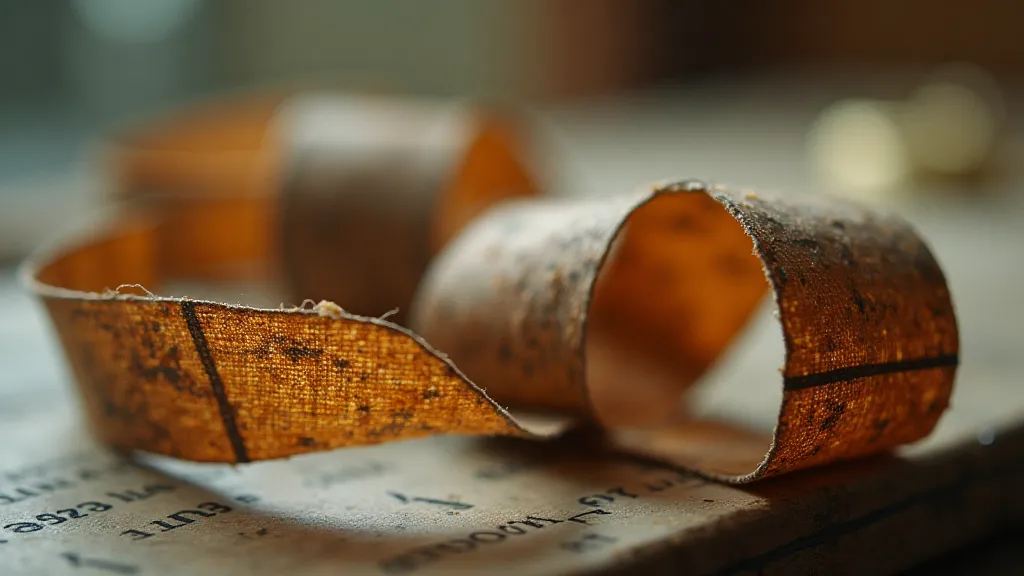
The Historical Context: Ribbons and the Rise of Mass Communication
To truly appreciate the process of ribbon restoration, it's important to understand their historical significance. Typewriters exploded onto the scene in the late 19th century, transforming communication and ushering in a new era of mass correspondence and publication. Prior to the typewriter, handwritten letters and documents were painstakingly produced. The typewriter democratized writing, making it faster, more legible, and accessible to a wider range of individuals. And, of course, it fueled the burgeoning newspaper industry.
Early typewriter ribbons were often made of silk, painstakingly woven and dyed. The quality of the dye significantly impacted the clarity and longevity of the typed impression. Later, as manufacturing processes became more sophisticated, ribbons transitioned to less expensive materials like cotton and, eventually, synthetic fabrics like nylon. The evolution of ribbon technology mirrored the broader technological advancements of the 20th century. Each type of ribbon tells a story about the era it served. The subtle nuances in color, weave, and even manufacturer markings – the very essence of a ribbon's identity – are whispers from the past, and for those passionate about preserving history, they offer a compelling subject for detailed documentation, as explored in The Archivist's Touch: Documenting and Preserving Ribbon Varieties.
The materials used also reflected the social and economic climate. During wartime, for example, rationing often impacted ribbon production, leading to variations in quality and availability. Knowing the manufacturer and the approximate date of a ribbon can provide fascinating insights into the historical context of the typed document it produced.
The Degradation Process: A Silent Thief
Time, unsurprisingly, is the greatest enemy of a typewriter ribbon. The degradation process is complex, involving a combination of factors: oxidation, UV exposure, physical stress, and chemical breakdown. The dyes used in the inks are particularly vulnerable. Early dyes, especially those derived from natural sources, were less stable and prone to fading. Exposure to light accelerates this fading, as does the heat and humidity of storage environments. This process often leaves behind a sense of loss, a feeling that the words themselves are slowly disappearing, fading into obscurity – a theme powerfully captured in Ephemeral Script: Embracing the Fleeting Nature of Typewriter Ink.
Physical stress is another significant contributor to ribbon deterioration. The constant tension and friction involved in typing can weaken the fabric, leading to cracking, fraying, and breakage. Improper storage, such as being tightly coiled or exposed to extreme temperatures, exacerbates these problems. You're essentially battling the relentless march of entropy.
Restoration Techniques: A Gentle Approach
Restoring an antique typewriter ribbon isn’t about pristine perfection. The goal is to stabilize the ribbon, improve its legibility, and preserve what remains of its original character. Radical cleaning or aggressive treatments can cause irreparable damage. The approach must be measured and respectful.
The first step is a thorough assessment. Evaluate the extent of the damage – the degree of fading, the brittleness of the fabric, and the presence of any physical defects. Gentle cleaning is often necessary to remove surface dirt and grime. This can be done with a soft brush and a mild, pH-neutral cleaning solution. Avoid harsh chemicals or abrasive cleaners, as these can strip the dye and damage the fabric.
Addressing the brittleness of the ribbon is a key challenge. Sometimes, a carefully applied and absorbed moisture-retaining solution (often a custom blend of glycerin and other gentle humectants) can help to rehydrate the fabric and restore some degree of flexibility. However, this must be done with extreme caution, as over-saturation can lead to further deterioration. The key is moderation and meticulous observation.
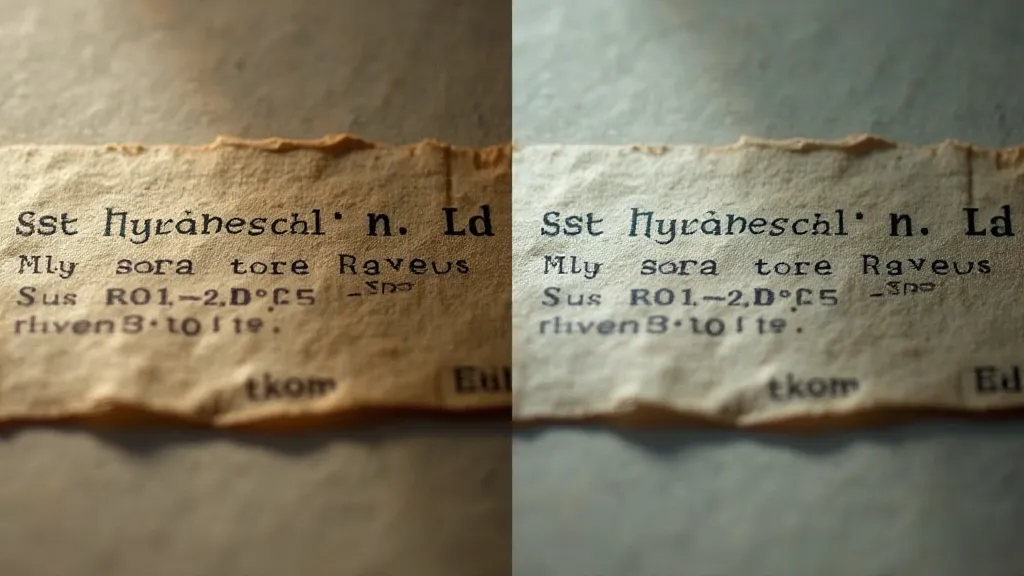
Subtle Insights for Collectors and Enthusiasts
For collectors and enthusiasts, ribbon restoration offers more than just functional benefits. It provides a deeper understanding of the typewriter’s history and the materials used in its operation. Recognizing different ribbon types – the subtle variations in color, fabric weave, and manufacturer markings – can be a rewarding pursuit.
The study of ribbons can also provide valuable clues about the type of document that was produced. A vibrant red ribbon suggests a special occasion or a promotional piece. A faded black ribbon might indicate years of heavy use. These seemingly insignificant details contribute to a richer understanding of the typewriter’s role in history. Each keystroke, and the resulting mark on the ribbon, represents a layer of memory, a palimpsest of words and experiences, as eloquently described in A Palimpsest of Letters: The Stories Layered within a Single Ribbon.
Furthermore, understanding ribbon deterioration helps in preservation. Proper storage – cool, dark, and dry conditions – is paramount for extending the lifespan of vintage ribbons. Coiling ribbons loosely and protecting them from direct sunlight are simple yet effective measures.
A Connection to the Past
Repairing and restoring antique typewriter ribbons is more than just a technical exercise. It’s an act of preservation, a tangible connection to the past. It’s about honoring the voices and stories that were captured on paper, and ensuring that those echoes continue to resonate. Holding a restored ribbon, knowing the care and attention that went into its preservation, feels like holding a piece of history – a whisper from a bygone era.
It's a quiet, personal act, fueled by a deep appreciation for craftsmanship, history, and the enduring power of the written word. And in a world increasingly dominated by digital communication, there’s something profoundly satisfying about reconnecting with the tangible beauty and historical significance of a simple typewriter ribbon. The fading of the ink, the fragility of the fabric – these are poignant reminders of the passage of time and the importance of safeguarding our cultural heritage. It’s a delicate dance between intervention and acceptance, striving to preserve the essence of the ribbon while acknowledging its inevitable decay.
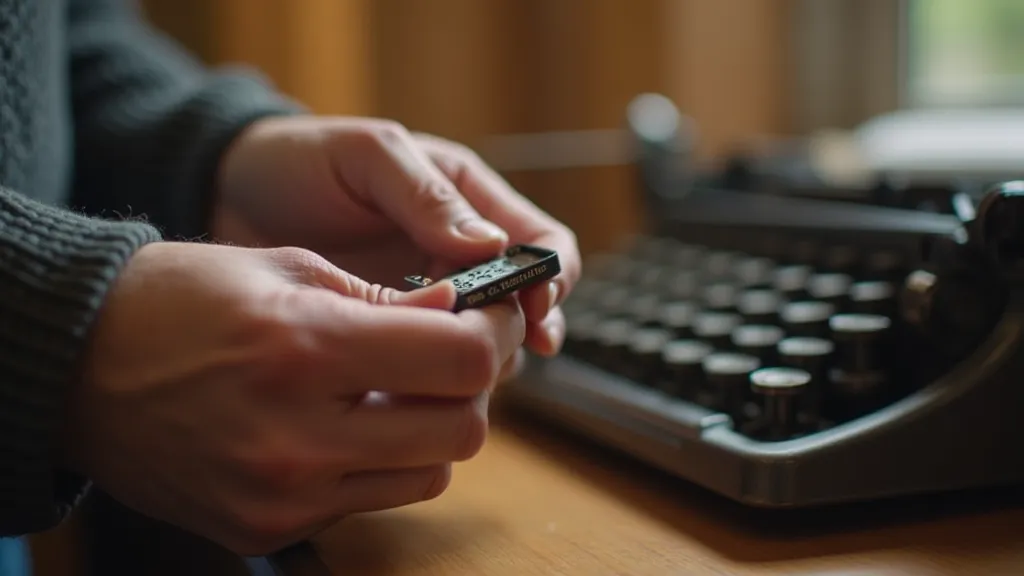
Beyond the technical aspects of restoration, there's a deeper appreciation for the artistry involved. The color choices of the dyes, the texture of the fabric, the subtle imperfections that tell a story of their own – these are all elements that contribute to the unique character of each ribbon. The process of restoration is not merely about repairing a damaged object; it's about uncovering and celebrating the beauty and history that lies within.
Moreover, understanding the broader context of ribbon production provides a window into the social and economic conditions of the time. The availability of raw materials, the technological advancements in manufacturing processes, and the changing tastes of consumers all influenced the design and quality of typewriter ribbons. By studying these factors, we can gain a deeper appreciation for the historical significance of these seemingly mundane objects.
The restoration process itself can be a meditative and rewarding experience.
